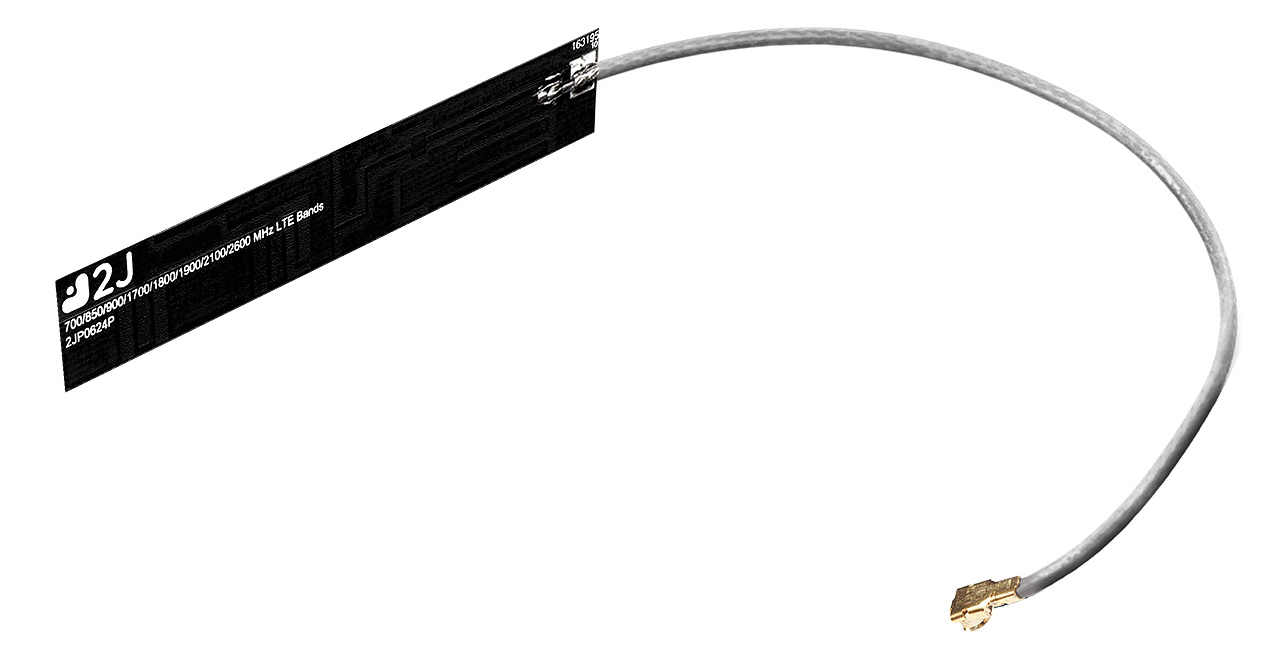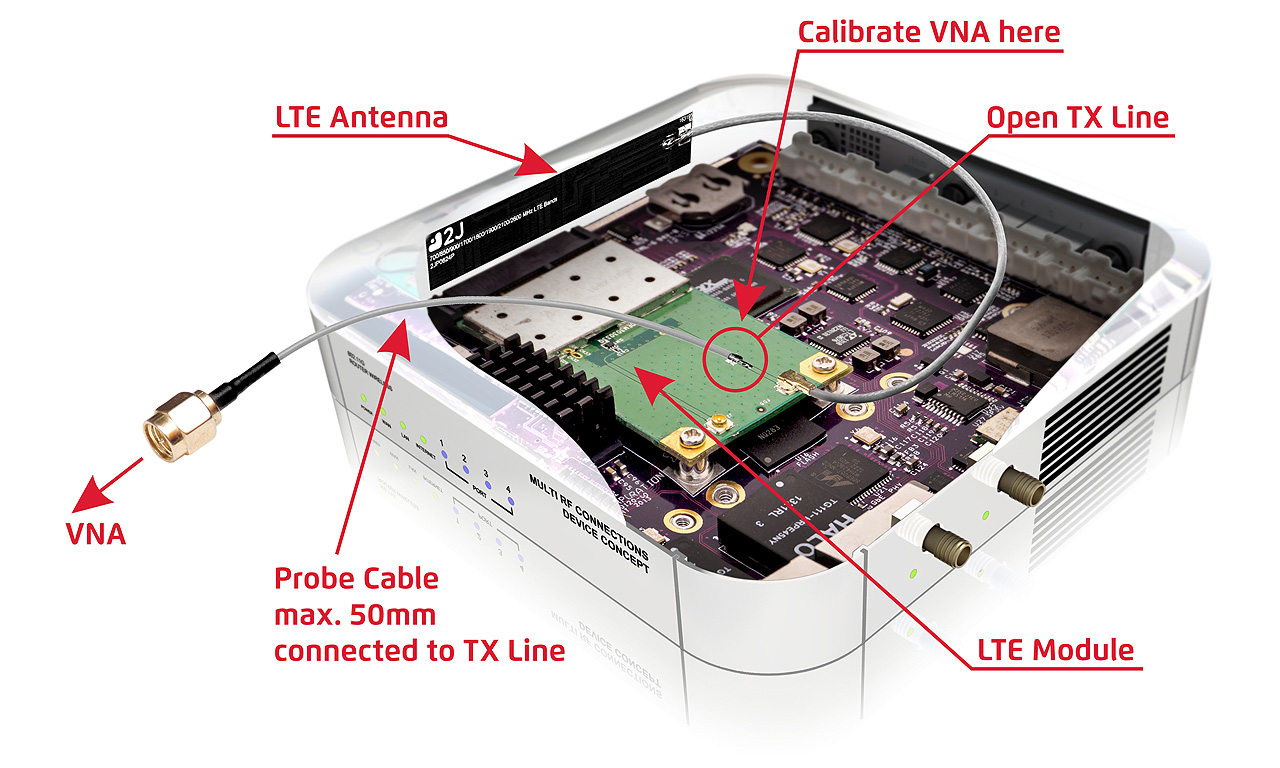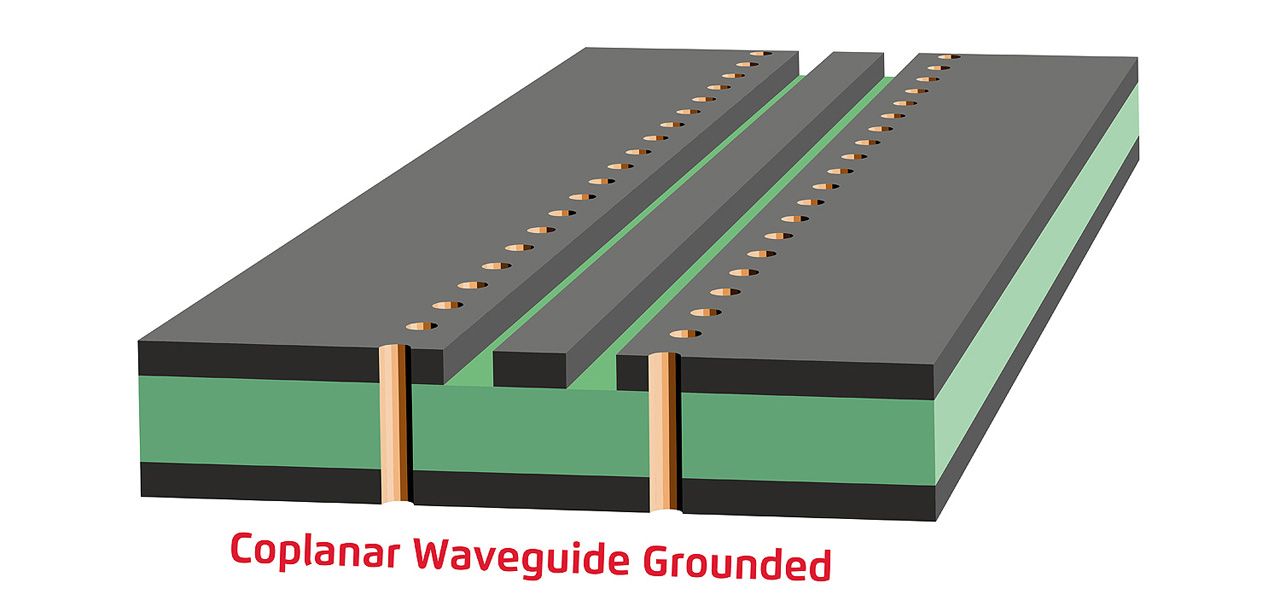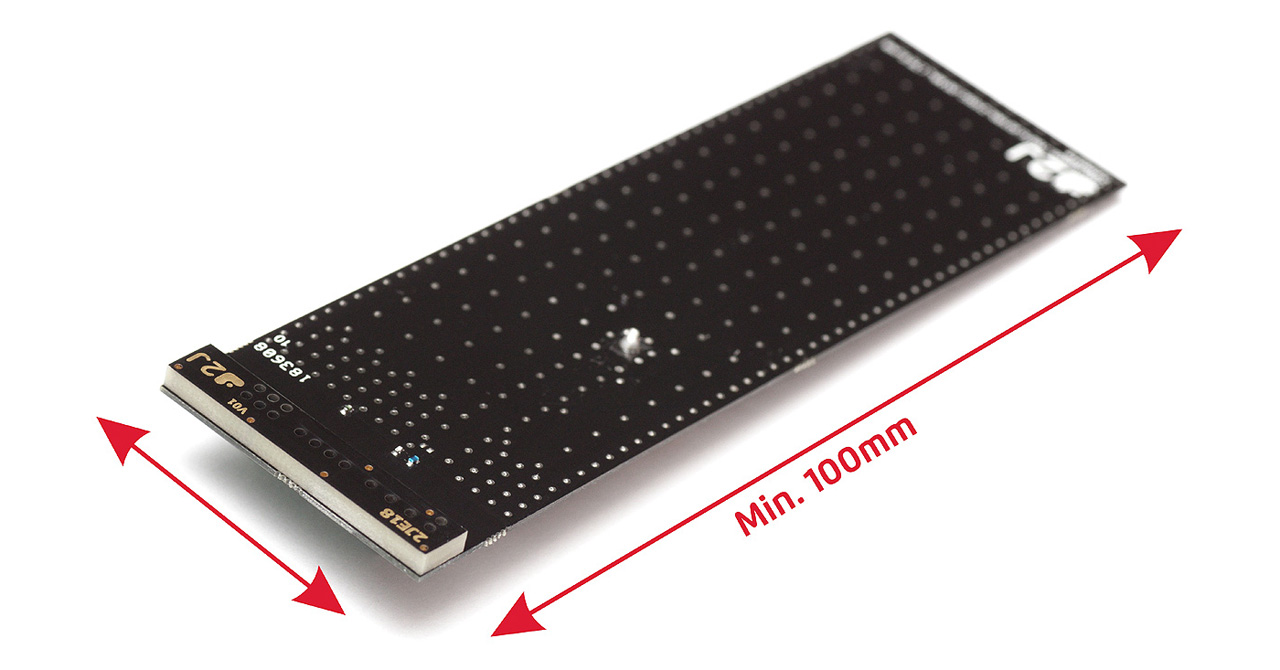Antenna Integration Guideline
At 2J Antennas, we help with antenna integration into device whether it is in design stage or as final product.
Antenna selection can be a daunting task. With 2J Antennas technical expertise, project management and certification testing capabilities, our goal is to make R&D, validation and manufacturing process easier. Our experienced in-house engineering team provides end-to-end product development assistance in order to match the correct antenna with the customers' design criteria.
We offer the following internal antenna layouts:
- Adhesive Flexi/Rigid Antennas
- 5G NR (Sub-6GHz)
- 4G LTE
- WiFi 2.4/5.0 GHz
- GNSS
- ISM 868/915 MHz - Surface Mount Antennas
- 5G NR (Sub-6GHz)
- 4G LTE
- WiFi 2.4/5.0 GHz
- GNSS
- ISM 868/915 MHz - Thru-hole Mount Antennas
- GNSS
- IRIDIUM (Satellite)
- ISM 868/915 MHz
- WiFi 2.4/5.0 GHz
Guideline for Internal Antenna integration:
Adhesive Flexi/Rigid Antennas
We recommend keeping the original antenna cable length or increase the cable length for better return loss and efficiency. If the original cable length is too long, try routing the cable inside of the device with a simple U-turn to avoid reducing the original length. If reducing cable length is the only option, we have a team of highly qualified engineers available to recommend the best alternative solutions and maximize antenna performance within the modification requirements.
For optimal antenna performance, the following variables should be considered during the integration process:
- Position
- Orientation
- Cable Routing
- Cable Length
- Tuning matching components
5G NR LTE GNSS ISM WIFI
- Look for antenna position and orientation.
- Keeping the original cable length or shorten via U-Turn method will improve the tuning and matching. (Fig.1)
 (Fig.1)
(Fig.1)
- Performing measurements with antenna cable connected to the device connector, installing a probe cable along the TX line towards the module and opening the connection of the module. (Fig.2)

(Fig.2)
- We are available to check tuning and matching after antenna is integrated to determine if additional matching/tuning components are necessary.
- Housing cannot be made of ferrous materials, as the metal will cause interference and reduced signal quality.
5G NR LTE ISM
- LTE or Cellular must be installed perpendicular to the PCB. Avoid antenna parallel installations as this will reduce the radiation efficiency and/or pick up all the noise from the surrounding components. (Fig.2)
- A minimum distance of 15 mm to any metal components is required.
WIFI GNSS or HIGH FREQUENCY
- Cable length can be adjusted but we recommend to keep original length and find a way to route cable inside device housing.
- The antenna can be installed parallel or perpendicular.
- A minimum distance of 8 mm to any metal components is required.
for SMT Antennas
5G NR LTE GNSS ISM WIFI
- We recommend using a short CPW-G (coplanar waveguide grounded) in the design of TX-line. (Fig.3)
 (Fig.3)
(Fig.3)
- Please follow layout instructions specified in our datasheets such as dimensions, mounting pads, patterns, matching/tuning components, location, etc. for optimal antenna performance.
- The length of the ground plane extending to the antenna is very important for optimal matching and efficiency.
- A slimmer ground-plane width area is a better condition for installation requirements within the device. For LTE applications, we recommend 100 mm minimum length of ground plane (example 2JE18). (Fig.4)
 (Fig.4)
(Fig.4)
5G NR LTE ISM
- Position antenna on the shortest sides of the board for improved radiation efficiency. (Fig.4)
WIFI GNSS
- Position antenna on any side.
GNSS ISM WIFI
- Shape of ground plane can vary.
ISM
- Minimum length of 60 mm of ground plane area for ISM.
GNSS
- Minimum length of 50 mm of ground plane area for GNSS.
WIFI
- Minimum surface area of 30 mm for ground plane for WIFI.
Installation/ Placement Recommendations on Board:
|
|
Position/ Minimum Surface Area in mm |
|
5GNR/ LTE/ ISM |
Position antenna on the shortest sides of the board for improved radiation efficiency. (See Fig. 4) |
|
WiFi/ GNSS |
Position antenna on any of the board sides. |
|
GNSS/ ISM/ WiFi |
Ground plane restrictions can vary |
|
ISM |
Minimum 60 mm for ground plane surface area |
|
GNSS |
Minimum 50 mm for ground plane surface area |
|
WiFi |
Minimum 30 mm for ground plane surface area |
Thru-Hole Mount Antennas
- Thru-hole mount patch antennas are ideal for devices that require durability in extreme conditions commonly found with automotive or marine applications. These antennas are best installed on metal surfaces that serve as a grounding point and offer flexibility on antenna orientation and position. As with all similar antennas, we always recommend confirming the impedance and tuning after every installation.
- 2J Antennas offers off-the-shelf development kits for most of our thru-hole mount patch antennas to minimize any need for complicated customizations.
- A minimum ground plane of 40 x 40 mm is recommended for GNSS, Satellite and WIFI. For ISM standards we recommend a minimum 50 x 50 mm ground plane surface area. We have a team of expert engineers available working with our customers for any smaller PCB surface area requirements and will assist in finding the best antenna solution for any special modification needs.
We understand that antenna selections require specialized skills, so when it doubt consult our experts. Our engineers can guide you in choosing your antenna and ensuring your product is successful.
Our other services
Popular categories
Stay Informed
Never miss anything important with our newsletter.